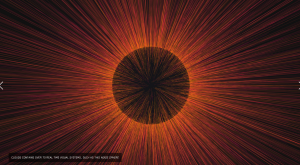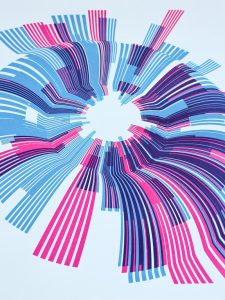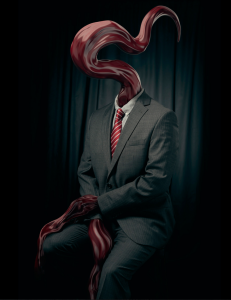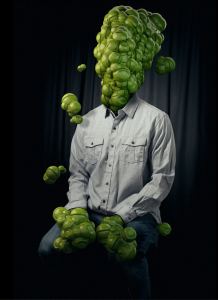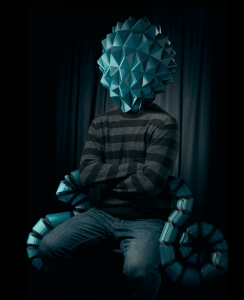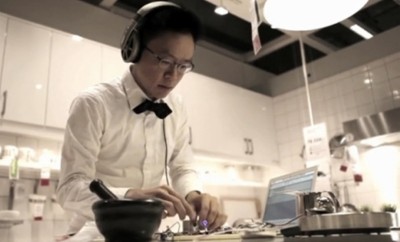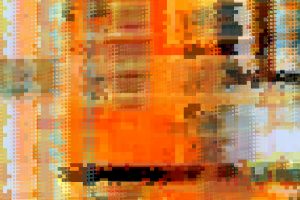^DIFFUSION from Kouhei Nakama
I took Kornrat Euchukanonchai’s looking outwards 05 post which was a week where we were tasked with looking at 3D computer graphics and their capabilities. Kouhei Nakama is a visual art director who also works for a company that does large scale commercial work.
Here he uses a variety of generative and particle based animation to bring 3D figures to life in this motion graphics short piece titled diffusion. Nakama work destroys the boundaries between the human form and geometric using 3D graphics.
In this particular piece, the body is blended with different textures that range from organic to more alien and computer like. The human’s flesh and body is stretched and elongated to its maximum capacity. It changes colours and patterns while questions about evolution are revoked.
I really liked looking at this video because it was a complete deviation from what I had looked at in my looking outwards 5 so it was nice to see the other extent of what is possible with 3D graphics.
![[OLD FALL 2017] 15-104 • Introduction to Computing for Creative Practice](https://courses.ideate.cmu.edu/15-104/f2017/wp-content/uploads/2020/08/stop-banner.png)


